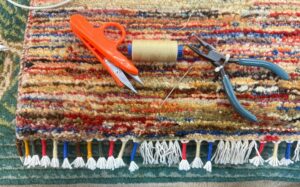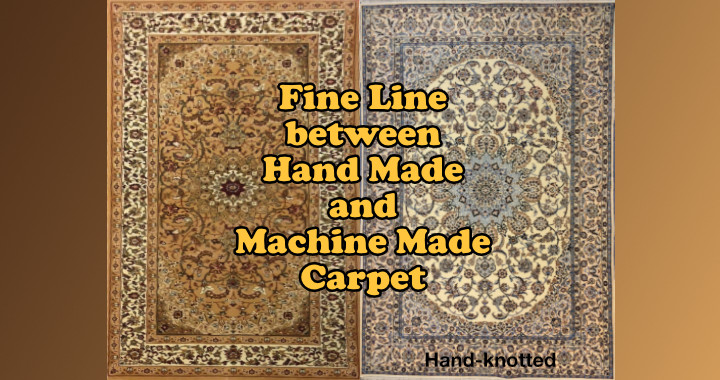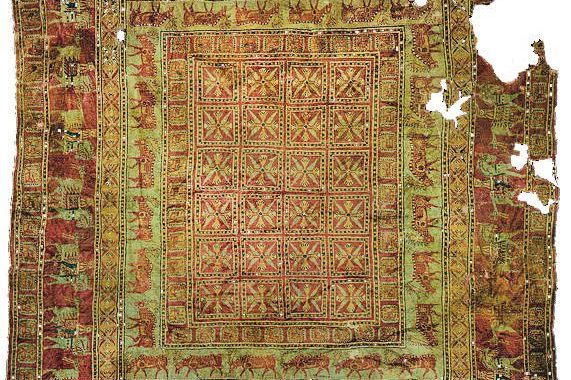Handmade rugs are more than just floor coverings—they are woven pieces of history, culture, and identity. For thousands of years, people have used rugs not only for warmth and comfort but also as a form of artistic expression and storytelling. The journey of handmade rugs, from their origins with nomadic tribes to their presence in today’s modern interiors, is a fascinating tale of tradition meeting timeless beauty.
Nomadic Beginnings: Rugs as Necessities
The earliest handmade rugs were born out of necessity. Nomadic tribes across Central Asia, Persia, and the Middle East lived in harsh climates, where the cold demanded warmth and protection. Using the wool of their sheep, goats, and camels, these tribes wove rugs to insulate their tents (known as yurts or black tents) and provide comfortable sleeping surfaces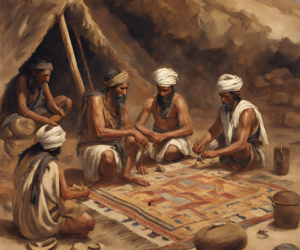
These early pieces were not just functional—they carried deep symbolic meaning. Geometric motifs, animal figures, and tribal emblems woven into the rugs often represented protection, fertility, prosperity, and the tribe’s connection to nature. Every rug became a storyteller, reflecting the life and beliefs of its weaver.
The Rise of Artistry: Rugs in Ancient Civilizations
As civilizations flourished, rugs evolved from utility to artistry. In Persia (modern-day Iran), the craft reached new heights, with designs becoming more sophisticated and techniques more refined. The famous Pazyryk Carpet, discovered in a Siberian burial mound and dating back to the 5th century BC, remains the oldest known surviving hand-knotted rug. Its intricate patterns show how advanced weaving already was in ancient times.
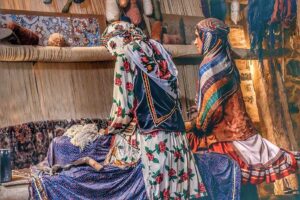
By the Middle Ages, Persian, Anatolian (Turkish), and Caucasian rugs were being traded along the Silk Road, becoming prized possessions in royal courts and wealthy households across Europe and Asia. Owning a handmade rug became a symbol of wealth, sophistication, and cultural prestige.
From Tribal Villages to Urban Workshops
With time, rug-making transitioned from small nomadic groups to settled villages and urban weaving centers. Each region developed its own identity and style:
-
Persian rugs became renowned for their floral and curvilinear motifs.
-
Turkoman and Caucasian rugs retained bold, geometric, tribal designs.
-
Indian and Pakistani weavers developed unique interpretations of Persian and Mughal aesthetics.
-
Afghan rugs preserved nomadic character, using rich reds and symbolic motifs.
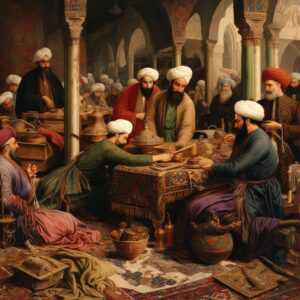
As demand grew, workshops employing master weavers emerged, creating rugs of extraordinary fineness and detail. These pieces were not just household items—they became investments and heirlooms.
Handmade Rugs in Modern Homes
Today, handmade rugs are cherished for their beauty, durability, and authenticity. While machine-made carpets dominate mass markets, genuine hand-knotted and hand-woven rugs hold unmatched value. Each piece is unique, carrying the soul of its weaver and centuries of tradition.
In modern interiors, handmade rugs bridge the gap between past and present. A Persian medallion carpet can add royal elegance to a living room, while a tribal kilim brings rustic warmth to a minimalist space. Whether vintage or newly woven, these rugs are not just decor—they are cultural legacies underfoot.
Why Handmade Rugs Still Matter
In an age of mass production, handmade rugs remind us of the human touch. They embody patience, skill, and artistry that machines can never replicate. Each knot represents hours of labor, every pattern a story, and every rug a link to history.
From nomadic tents to today’s modern homes, handmade rugs have traveled through time without losing their essence. They remain timeless treasures—woven with heritage, art, and heart.
